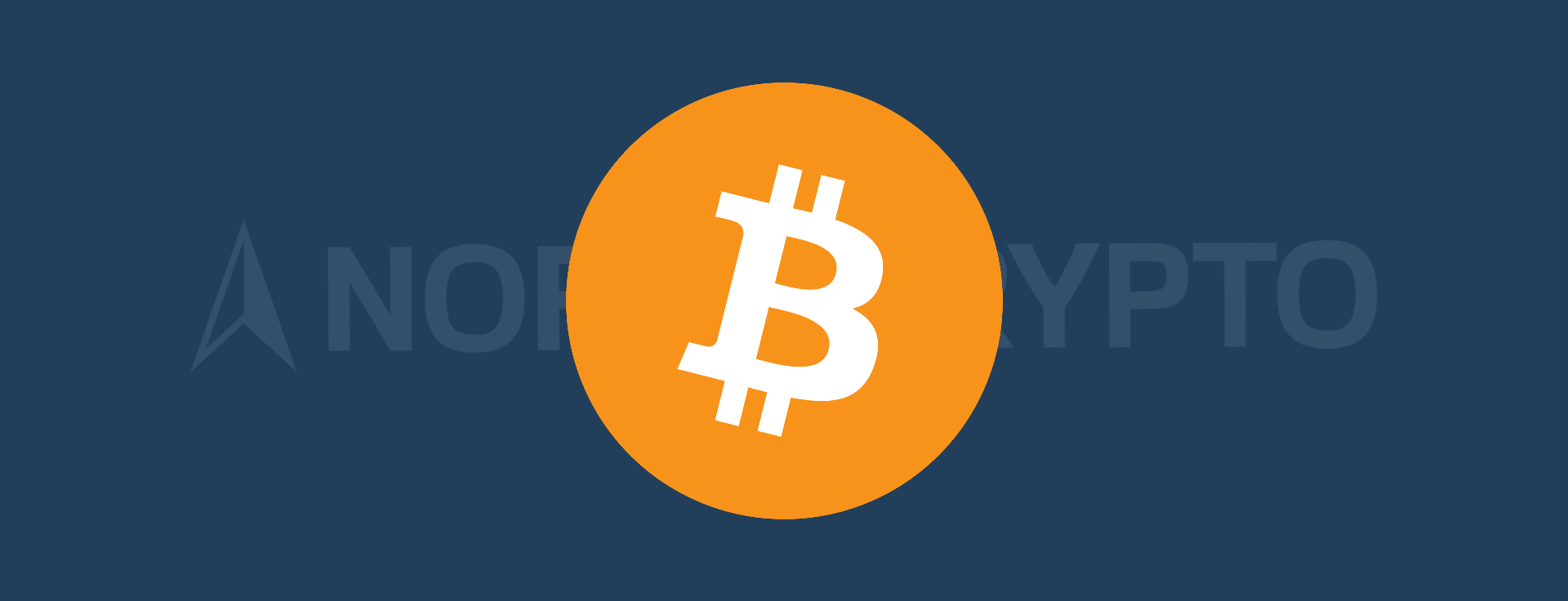
The Bitcoin halving is an essential event for both Bitcoin and the entire cryptocurrency market, which has historically significantly impacted cryptocurrency bull markets. Bitcoin's fourth halving is set to occur in April 2024, and it is approaching from exceptionally favorable circumstances. This text explores Bitcoin halving and examines the potential implications of the upcoming halving.
How Bitcoin Operates?
To understand the Bitcoin halving, it is important to be familiar with the basic operating principle of Bitcoin. Bitcoin has been a functioning cryptocurrency since 2009. Bitcoin operates based on a decentralized blockchain. Decentralized governance means that the Bitcoin network is controlled by thousands of computers called nodes located around the world. Bitcoin is also an open system, meaning anyone can use it or connect to it through a Bitcoin node or miner.
Bitcoin has its currency called bitcoin. The maximum number of bitcoins is capped at 21 million, and each bitcoin is divisible into eight decimal places. The smallest unit of bitcoin, 0.00000001 bitcoin, is called a satoshi, named after Bitcoin's founder, Satoshi Nakamoto. New bitcoins are created through mining, which is explained next.
Bitcoin Mining
Bitcoin mining is the process of maintaining Bitcoin and creating new bitcoins. Mining involves adding bitcoin transactions to a new block, which is added to the Bitcoin blockchain approximately every ten minutes. With the appearance of a new block, new bitcoins are also created in the form of a block reward. Bitcoin operates on the Proof of Work consensus algorithm, which requires miners to use computational power to mine bitcoins. In practice, miners use specialized computers designed for Bitcoin mining. Miners are incentivized by the block reward and transaction fees.
Bitcoin mining is a competition among miners to be the first to find a solution to the problem that allows adding transactions to a new block and incorporating that block into the Bitcoin blockchain. Mining is now a highly professional business, with leading players being publicly traded companies operating tens of thousands of high-value mining machines. Mining is carried out virtually everywhere in the world.
Bitcoin Halving
The maximum of 21 million bitcoins is a result of the Bitcoin halving, which occurs every 210,000 Bitcoin blocks or approximately every four years. Halving refers to the halving of the number of new bitcoins created in the form of a block reward with each Bitcoin block. When Bitcoin started in 2009, the block reward was 50 bitcoins. By March 2024, there have been three halvings. Since the number of bitcoins created with each block halves with each halving, the block reward in March 2024 is 6.25 bitcoins.
Changes in Bitcoin block reward in previous halvings:
- November 2012: 50 btc -> 25 btc
- July 2016: 25 btc -> 12.5 btc
- May 2020: 12.5 btc -> 6.25 btc
Changes in the number of bitcoins mined per day in previous halvings:
- November 2012: 7,200 btc -> 3,600 btc
- July 2016: 3,600 btc -> 1,800 btc
- May 2020: 1,800 btc -> 900 btc
Since Bitcoin blocks are generated approximately every ten minutes, and the number of new bitcoins halves approximately every four years, the pace of bitcoin creation slows as time progresses. By mid-March 2024, around 19.657 million bitcoins have been mined, which represents about 93.60 percent of the maximum of 21 million bitcoins.
Cryptocurrencies are often associated with so-called four-year cycles, with the main reason behind these cycles being the Bitcoin halving that occurs approximately every four years. This is because historically, Bitcoin halving has acted as a catalyst for bull markets in the entire cryptocurrency market. As illustrated in the picture of this text, the price of Bitcoin has historically started a steep ascent shortly after each halving (halvings are marked with vertical lines).
Price history from Bitcoin halving and the highest price in the following two years:
- Halving (2012): €10
- Highest price (2013): €856
- Gain: 8,976%
- Halving (2016): €589
- Highest price (2017): €16,883
- Gain: 2,869%
- Halving (2020): €8,163
- Highest price (2021): €59,931
- Gain: 734%
Bitcoin Halving in April 2024
The last Bitcoin halving occurred in May 2020, and the next one will happen around April 20th, 2024. At that time, the Bitcoin block reward will halve from 6.25 bitcoins to 3.125 bitcoins. Consequently, the number of bitcoins mined per day will also decrease from about 900 bitcoins to 450 bitcoins. This translates to a reduction of around €30 million in the value of bitcoins mined per day at the mid-March 2024 Bitcoin price. After the halving, new bitcoins will be created at a rate of approximately 0.85 percent annually. This makes Bitcoin a significantly scarcer investment than gold, as gold has been mined at an average rate of about 1.8 percent per year over the past ten years.
The April halving is approaching from exceptionally favorable circumstances for at least two reasons. The first one relates to the price of Bitcoin, which, for the first time in Bitcoin's history, exceeded the previous all-time high before the halving. In March 2024, Bitcoin surpassed the previous all-time high set in November 2021 in both euros and US dollars. The pre-halving all-time high has led many Bitcoin followers to speculate on very high Bitcoin prices.
The second exceptional factor is the approval of Bitcoin spot ETFs in the United States in January 2024, whose popularity has soared in the first two months. These ETFs have been gathering an average of over €300 million worth of funds daily since February and through March until now. Since these funds are used to buy bitcoins backing the ETF shares, this creates high demand for Bitcoin virtually every trading day. In terms of bitcoins, ETFs have been gathering an average of about 6,000 bitcoins daily since February and through March until now. This is about 6.5 times the amount of bitcoins currently mined daily and about 13 times the amount of bitcoins mined daily after the April halving.
In simplified terms, Bitcoin halving is a positive event for Bitcoin holders because it reduces the number of new bitcoins and has historically positively impacted Bitcoin's price development. For miners, however, halving is inherently negative because the most significant source of income for miners, the Bitcoin block reward, halves at halving. However, this does not mean that the number of miners will significantly decrease after halving. The majority of the total computing power of the Bitcoin network, i.e., the hash rate, comes from companies specialized in mining. Many of these companies plan their operations several years in advance, and partly for this reason, halving will not significantly decrease the number of Bitcoin miners.
Summary
Bitcoin halving is the most significant recurring event affecting the entire cryptocurrency market, as it can be seen as the catalyst for previous cryptocurrency bull markets. April 2024 halving is approaching from exceptionally favorable circumstances, such as the Bitcoin all-time high set before the halving and the continuous high demand brought by US Bitcoin spot ETFs. It will be interesting to see how positive impact the halving has on the cryptocurrency market after a convincing start to the year.
Ville Viitaharju Cryptocurrency specialist Last updated: 19.03.2024 10:15


